There can be your advertisement
300x150
Barrow House by Eston Mainord Architects in Melbourne, Australia
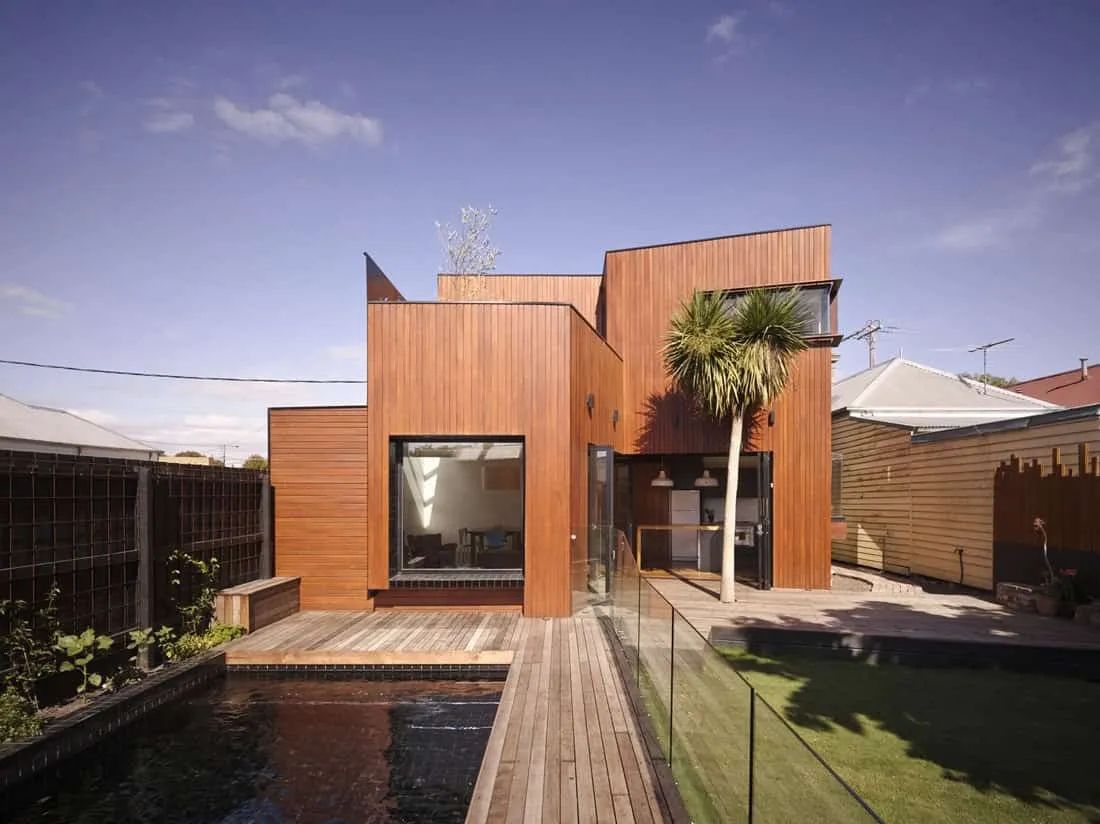
Project: Barrow House
Architects: Eston Mainord
Location: Melbourne, Australia
Photography by: Provided by Eston Mainord
Barrow House by Eston Mainord Architects
The expansion of the Barrow House in Melbourne, Australia, designed by Eston Mainord Architects, features an unconventional approach to wooden construction. The expansion looks like a set of wooden boxes, each rotated and modified to create various forms that unite into an interior with different volumes and arrangements.
Varying wall thickness creates a structure with an inconsistent sense of mass, challenging the traditional nature of wooden construction. The massing and window design of the expansion subvert the conservative flat-box nature, with windows installed inside, at level, or projecting beyond the wooden frame.
The external timber cladding wraps around the interior, connecting the expansion to the original house where the old living space is now occupied by a bathroom. The central garden space is surrounded by both the new addition and the expansion of the original house.
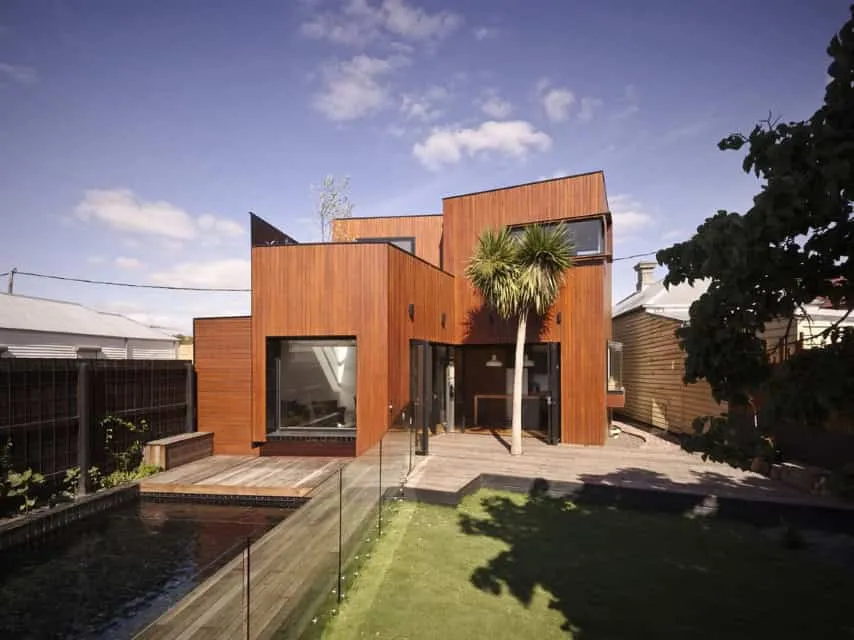
The Barrow expansion looks like adjacent wooden boxes, each independently rotated and subjected to various pulling and deformation forces. These individual actions result in diverse forms that unite into an interior with different volumes and arrangements, offering an interesting two-level addition to this shingle-style home.
The expansion challenges the traditional nature of wooden construction. Usually light and fragile, the added wall thickness at different sections creates a structure with an inconsistent sense of mass. The dynamic and varied nature of these mediums is further enhanced by diverse window configurations and frame methods. Often windows are set inside the wall frame, sometimes at the same level, and occasionally projecting beyond the wooden frame.
This unconventional approach to massing and window design undermines the conservative flat-box nature of the 'box.' The movement of shadows cast by these projecting or penetrating elements is tracked on the exterior facade and internal surroundings, creating various patterns and giving the expansion an undefined geometry.
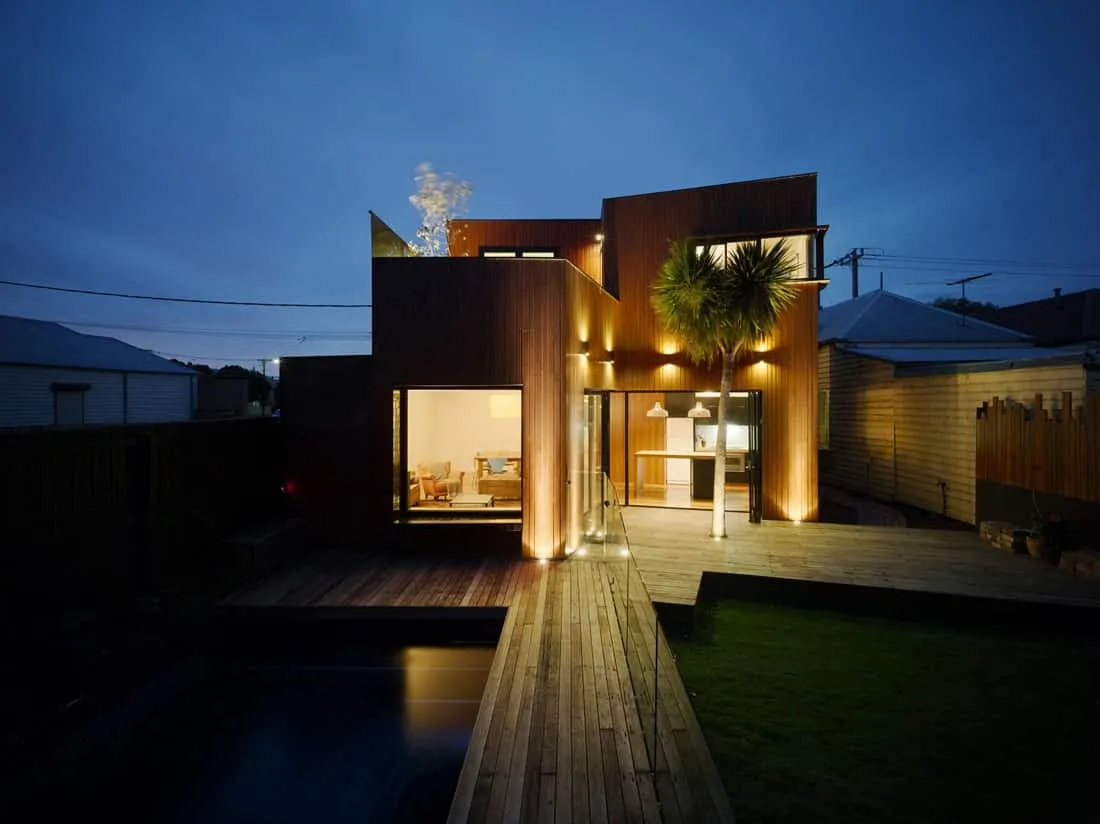
The external timber cladding wraps around the interior and connects the expansion to the original house where the old living space is now occupied by a bathroom. There are no signs of traditional bathroom materials, and the room retains its appearance as living/dining space. The only defining feature is a freestanding cast iron bathtub (restored from the original disassembled tub), positioned in the center of the room, demonstrating how one element can change a space's program.
The strategic placement of the separate living space at the western end of the site reflects the internal focus, frames a large open area, and enhances privacy levels.
Both the new addition and the expansion of the original house at the western end of the site broadly embrace this central garden space. The distinction between interior and exterior spaces is blurred through transparent partitions with sliding doors and large windows; constant visual interaction. This central outdoor space becomes part of the living zone, as the daily patterns of the owners see them walking through the courtyard to the rear living spaces.
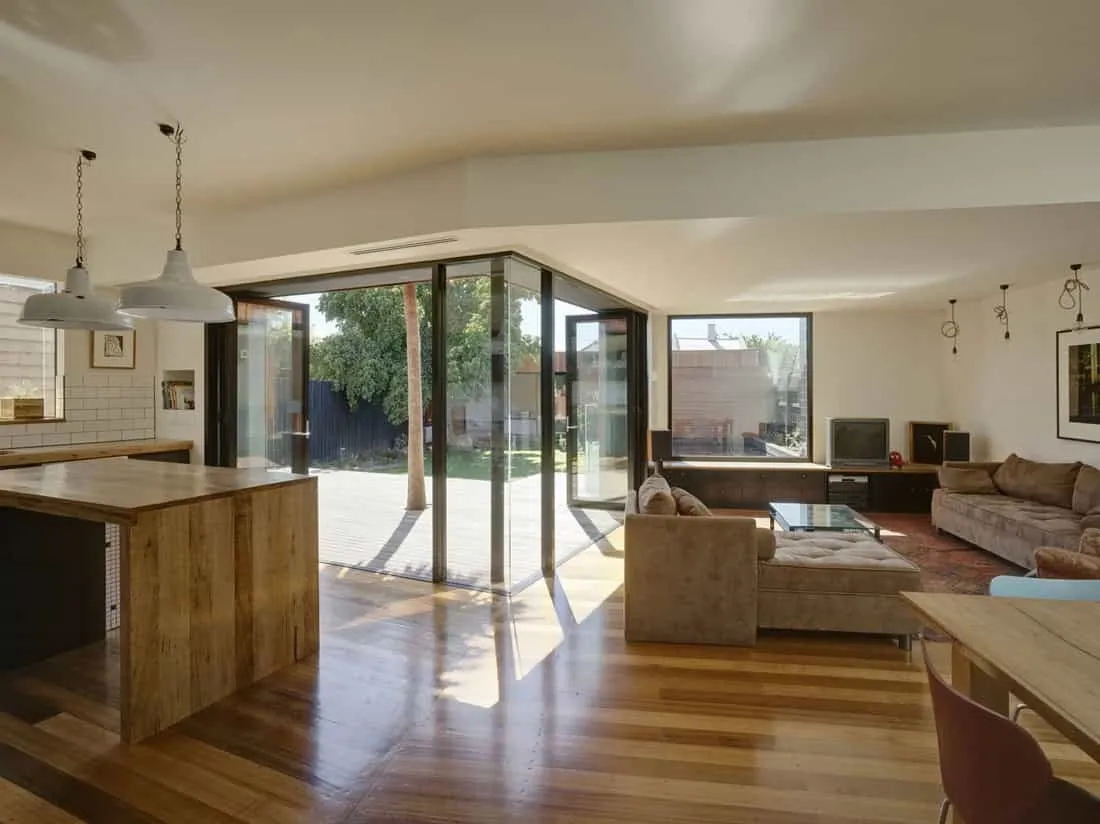
The more vibrant and expansive expansion fuels dynamic, numerous daytime activities, while the quieter, less intense afternoon activities enjoy the sunlit room at the western end of the site, reflected in the external courtyard and pool, observing cinematic shadows playing across the irregular surface of the Barrow expansion.
The extensive system of operable windows and sliding doors, complemented by the orientation of Barrow, allows a significant amount of natural light and ventilation to penetrate the spaces, reducing reliance on electrical and heating/cooling systems.
All design also uses materials salvaged from previous parts of the house, as well as recycled or found elements, reducing the carbon footprint of the design and adding character to the spaces.
–Eston Mainord
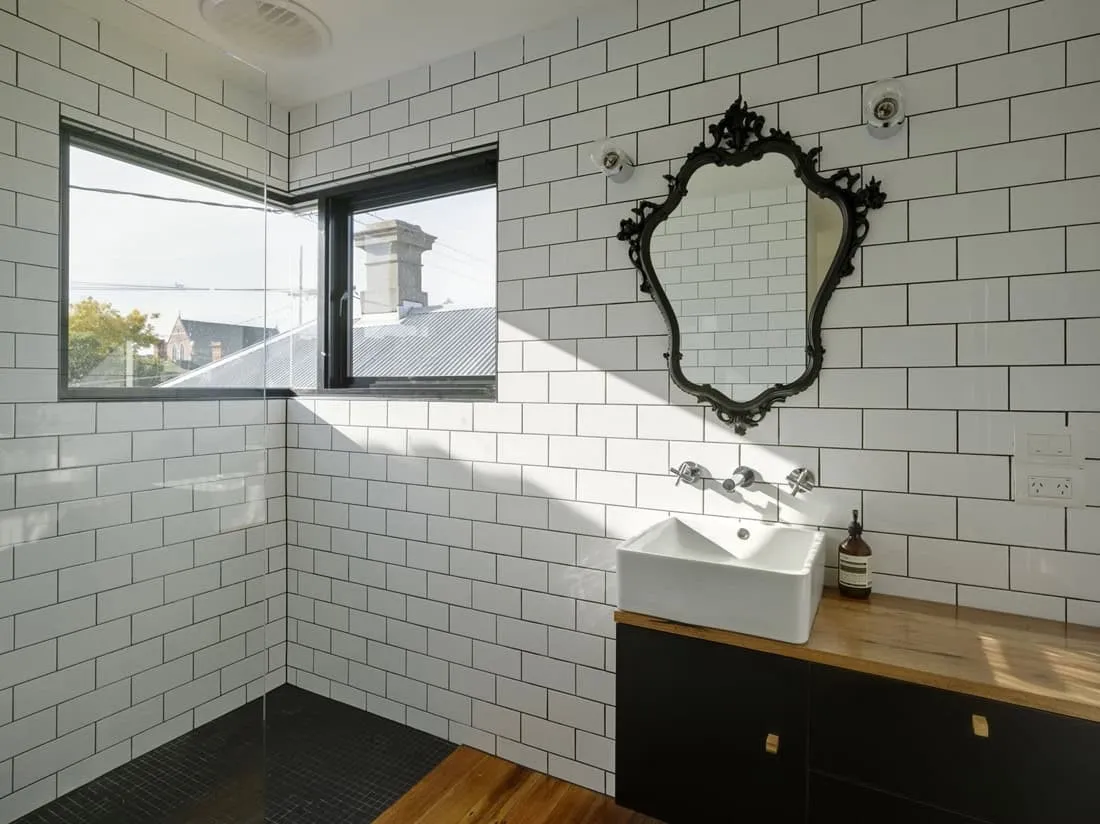
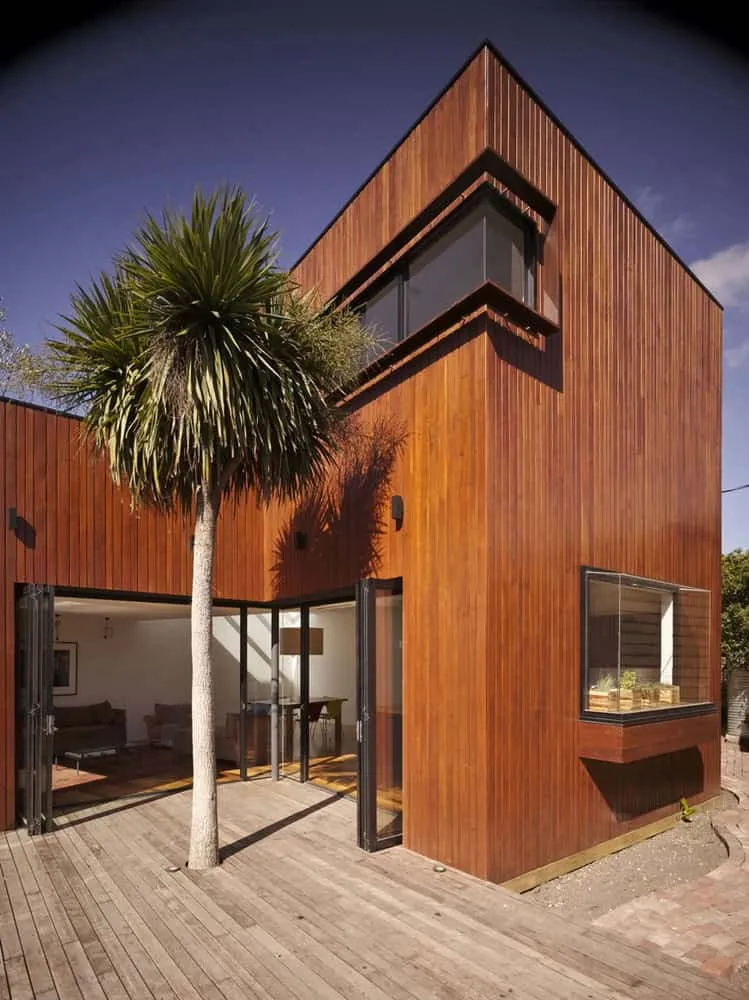

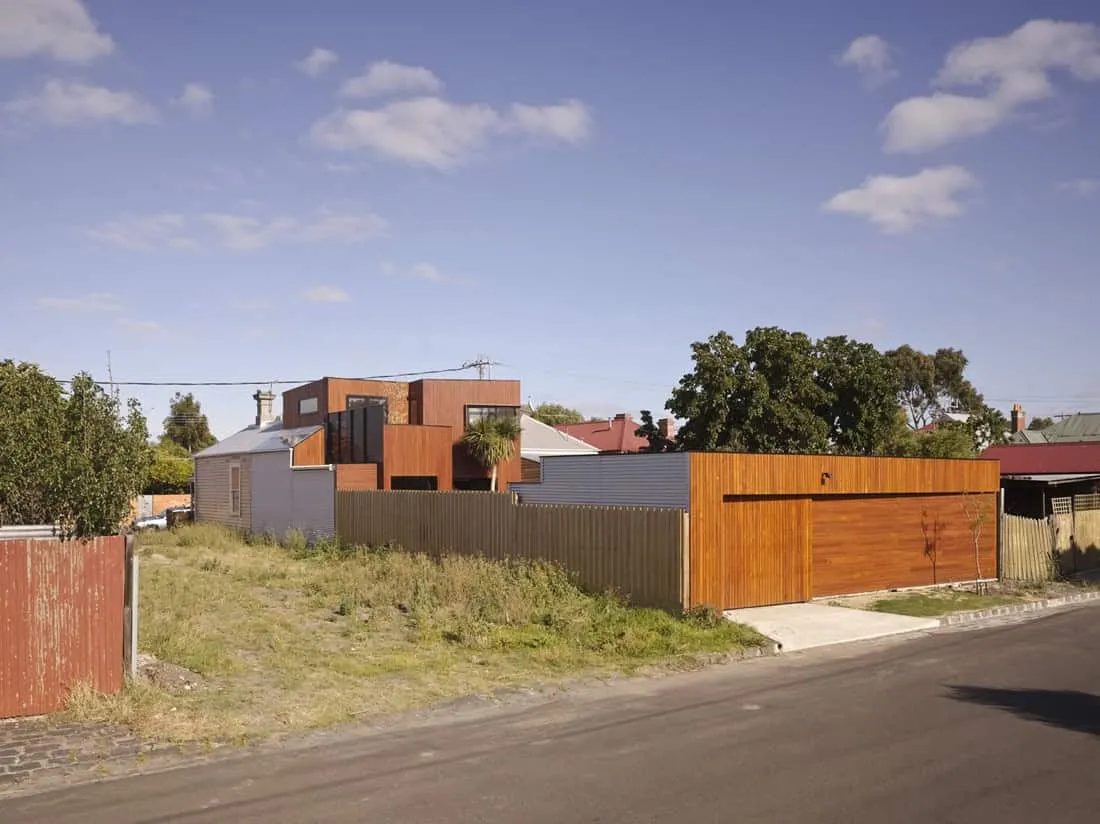
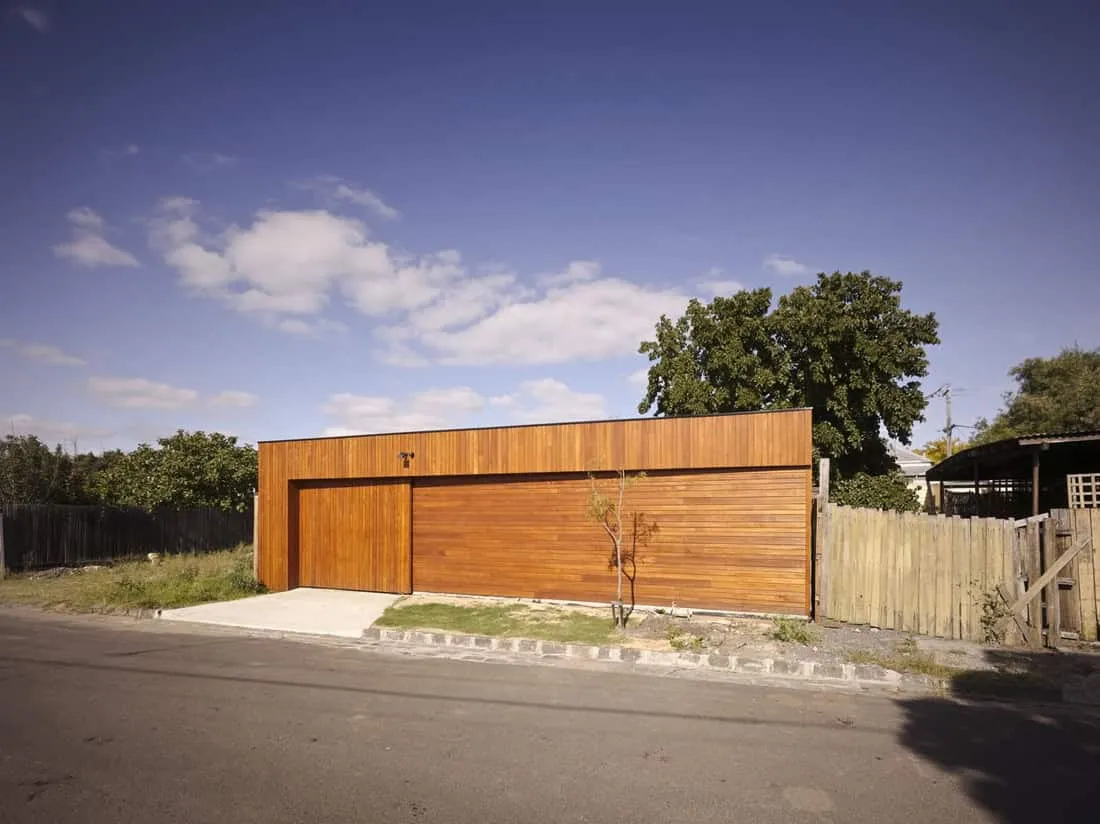

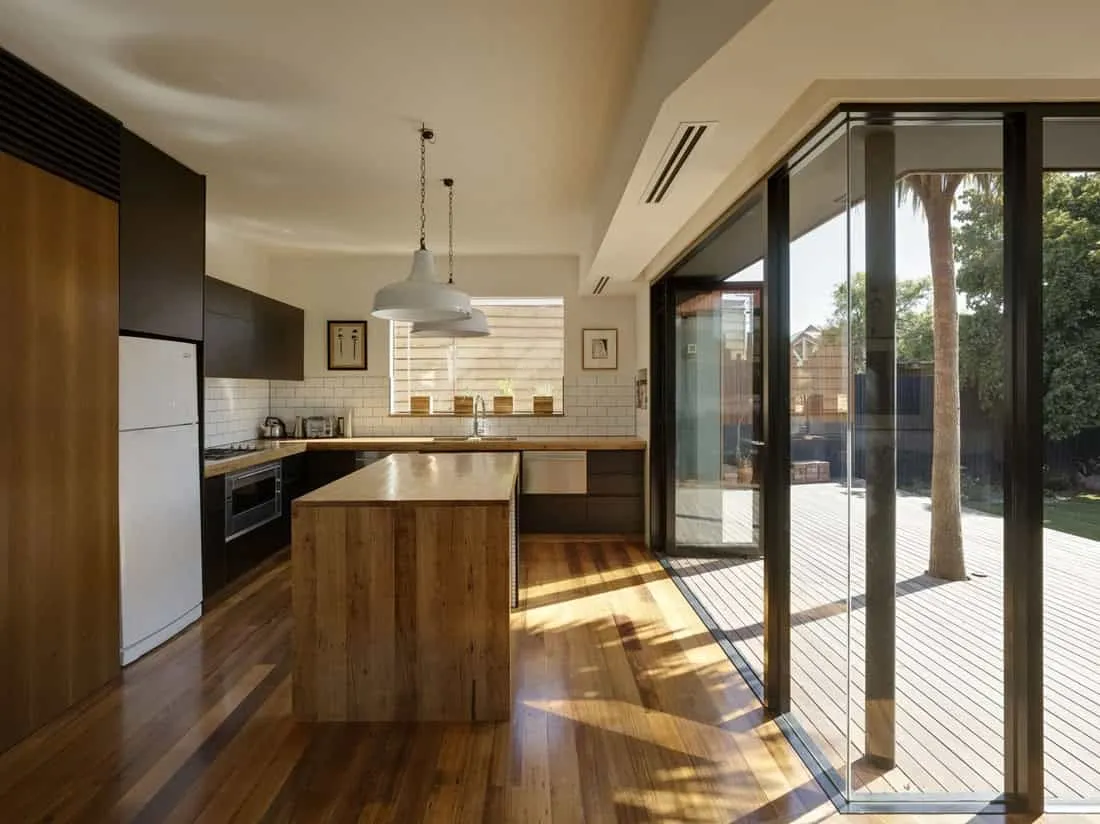
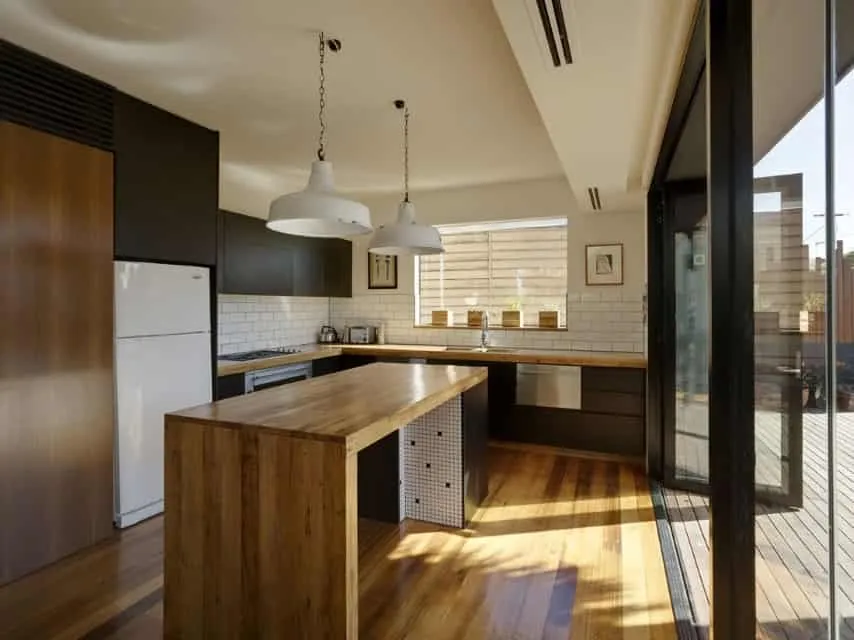



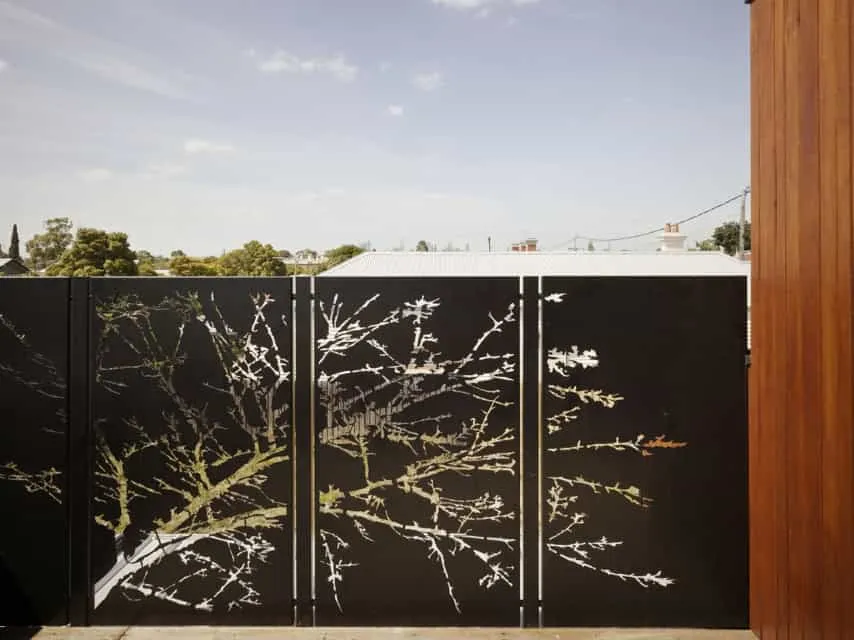
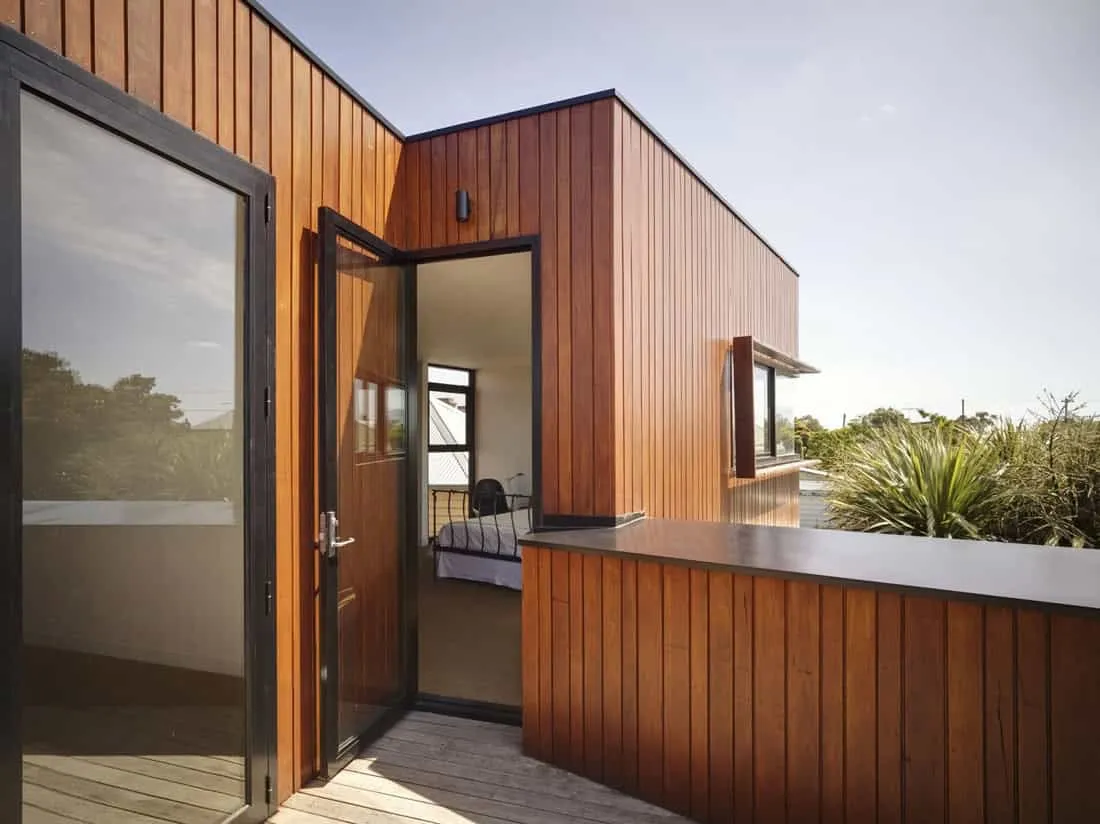
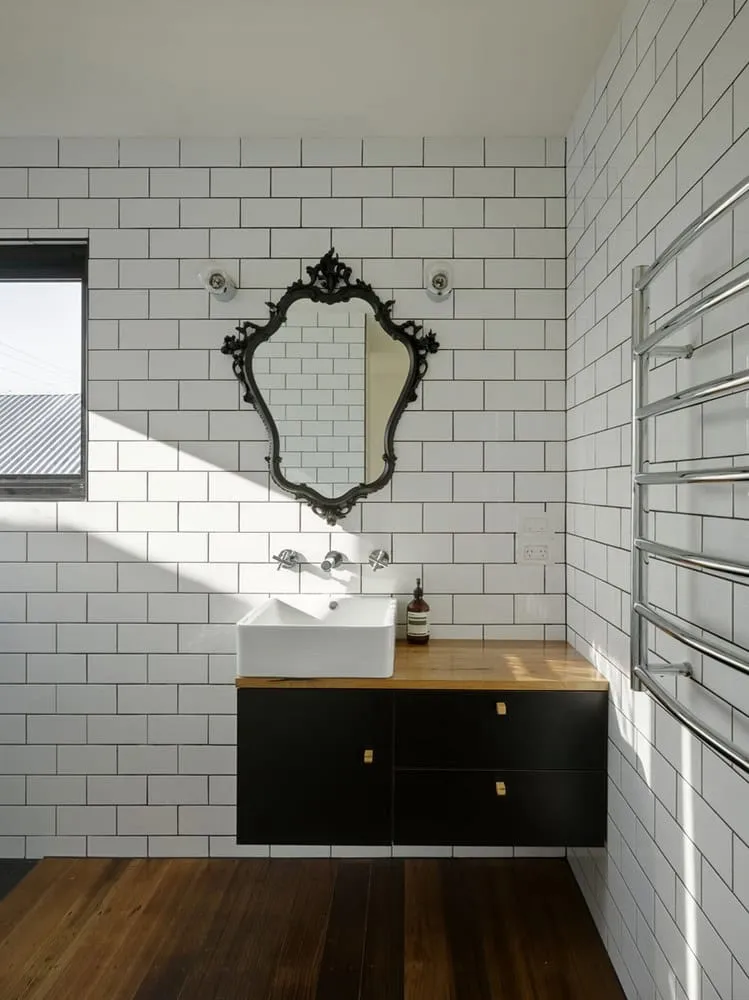
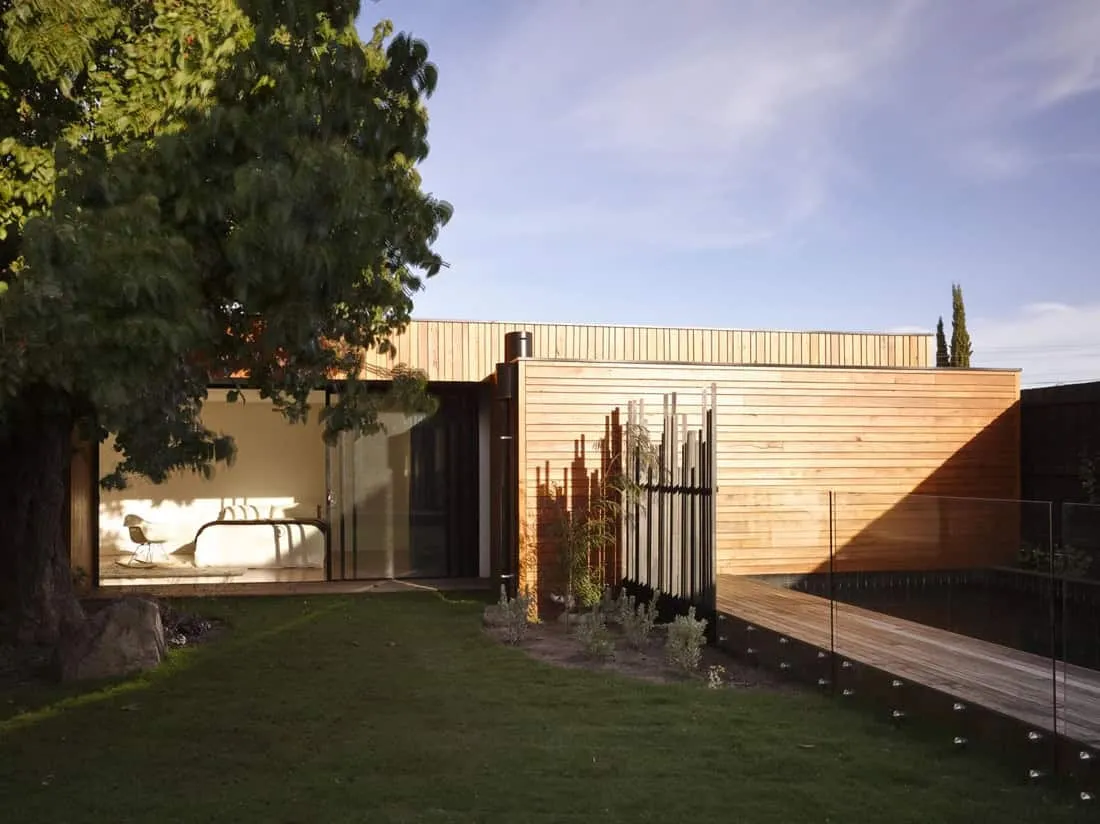




More articles:
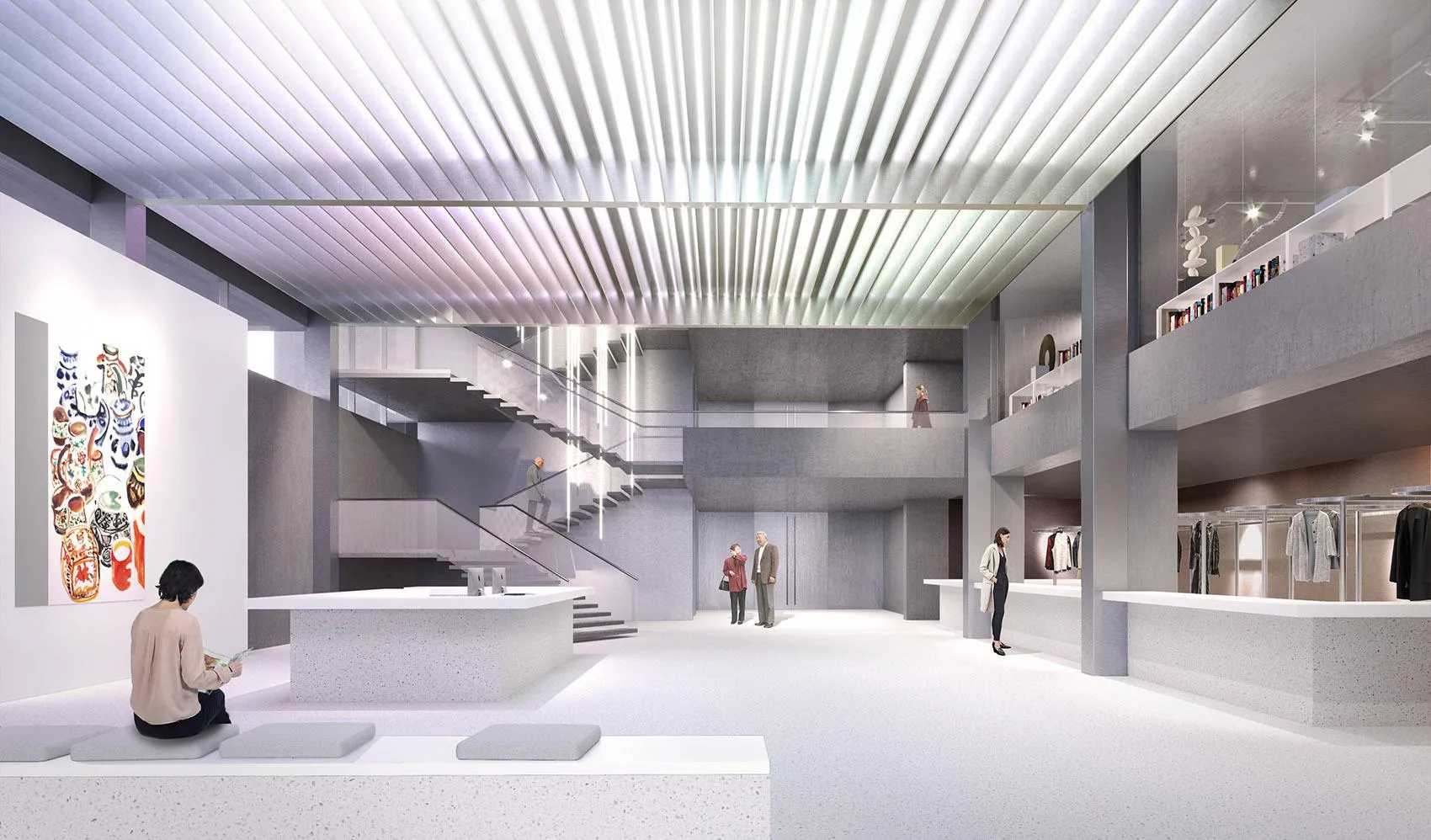 Arctic Museum of Modern Art in Norilsk Makes Top-8 Archdaily List
Arctic Museum of Modern Art in Norilsk Makes Top-8 Archdaily List Ardosia House by Architectare: Privacy and Hospitality in Harmony
Ardosia House by Architectare: Privacy and Hospitality in Harmony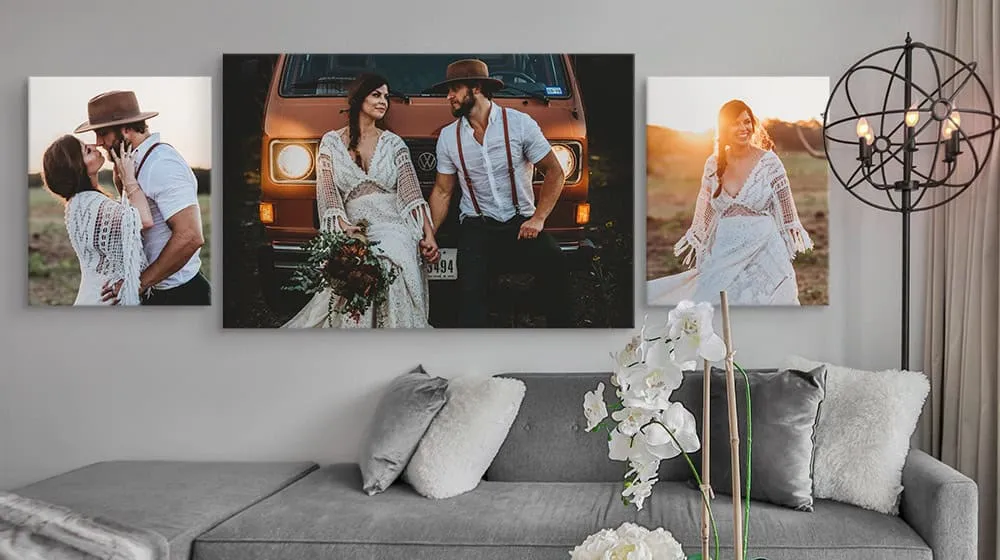 Canvas Prints in Style?
Canvas Prints in Style? Curtains or Blinds: Which Is Better?
Curtains or Blinds: Which Is Better?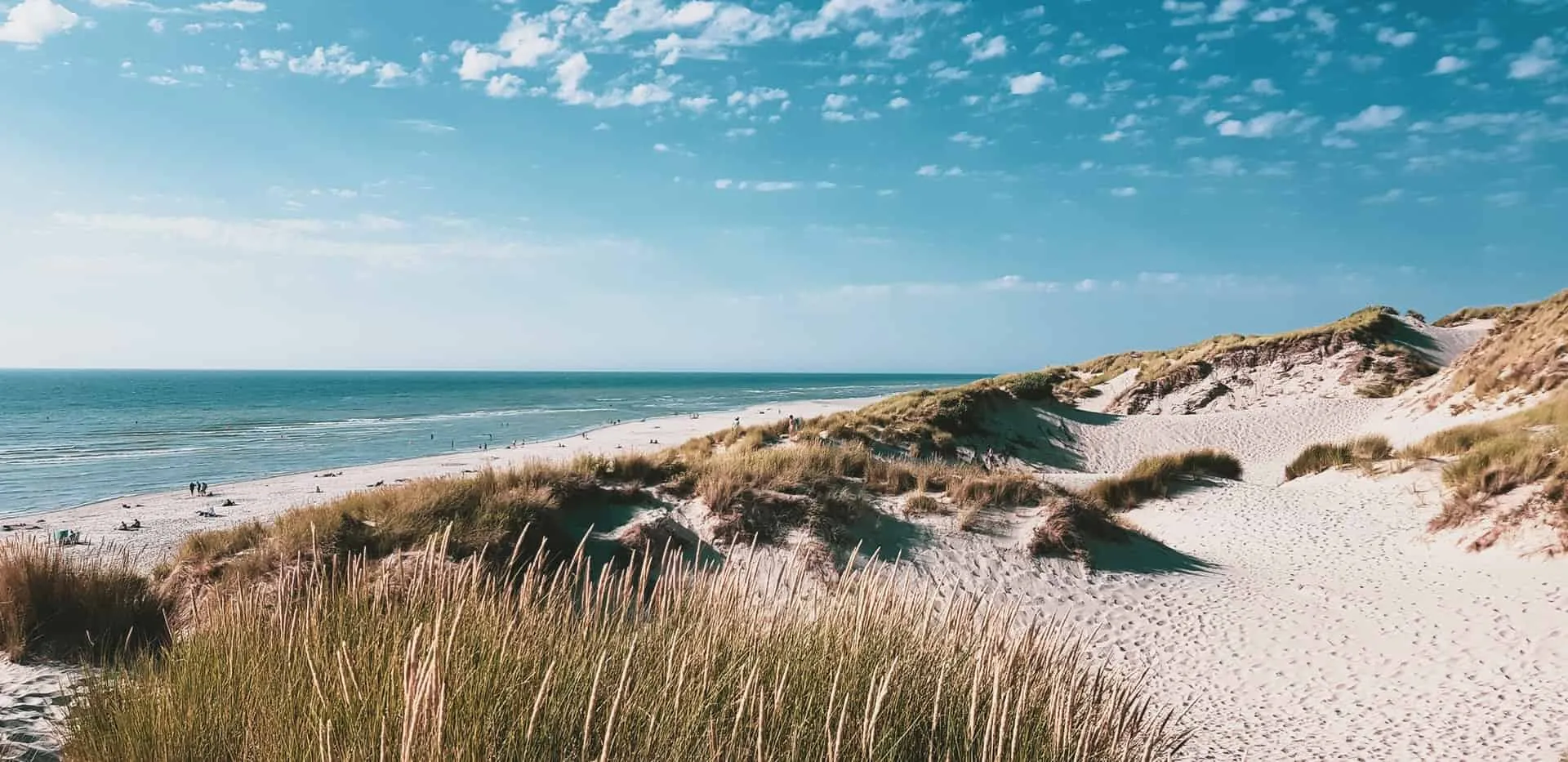 Are Coastal Properties Worth the Investment?
Are Coastal Properties Worth the Investment? Foldable Doors — The New Queens of Small Apartments?
Foldable Doors — The New Queens of Small Apartments? Are You Ready to Apply Wall Stickers in the Bedroom?
Are You Ready to Apply Wall Stickers in the Bedroom?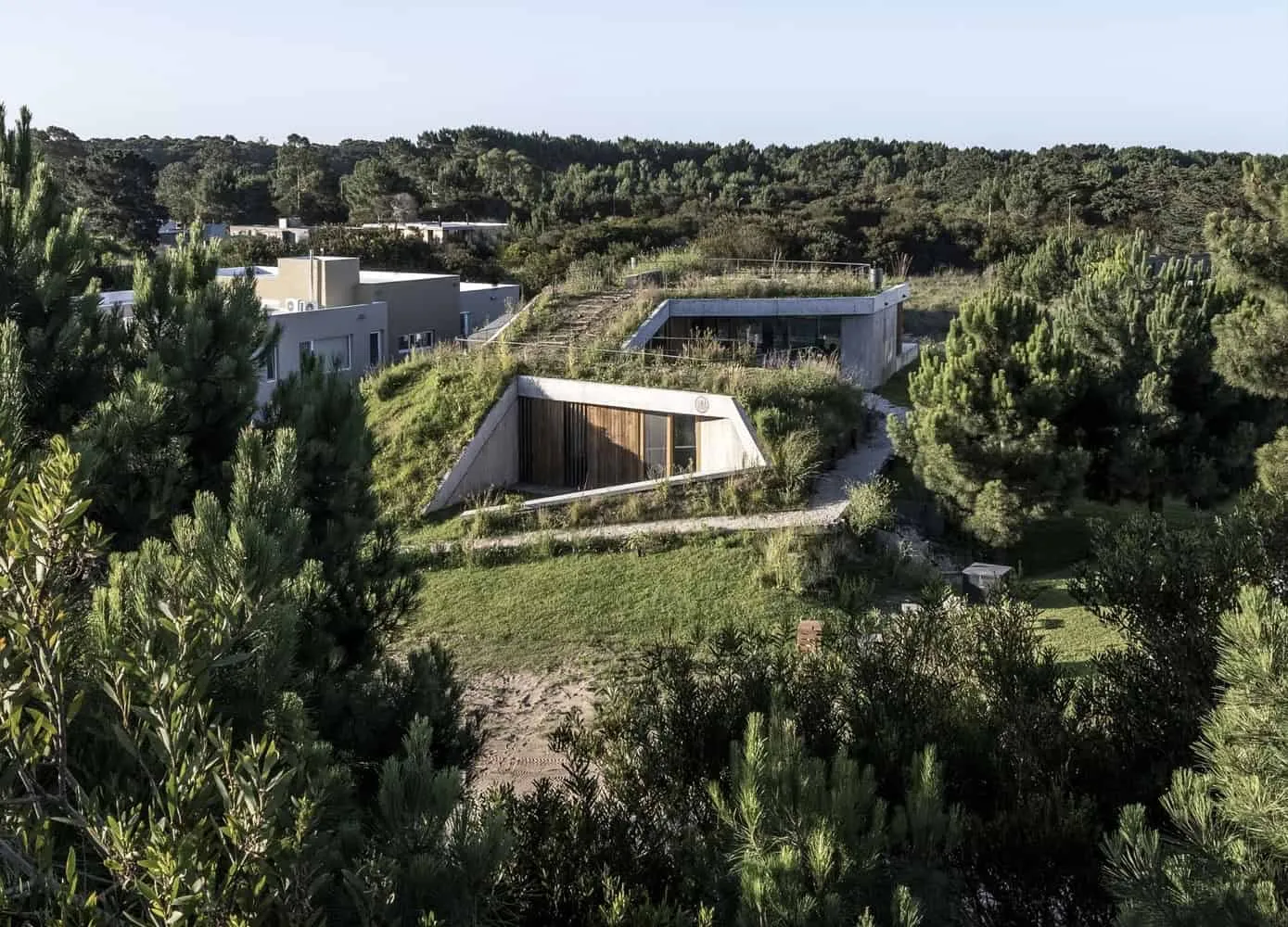 Arena House in Pinamar by ZIM Arquitextura – a home integrated with dunes
Arena House in Pinamar by ZIM Arquitextura – a home integrated with dunes